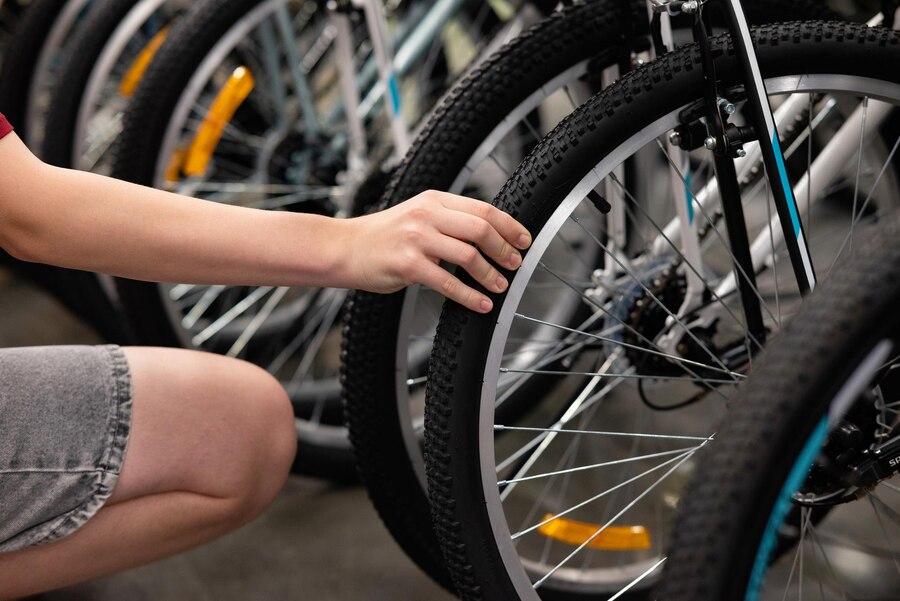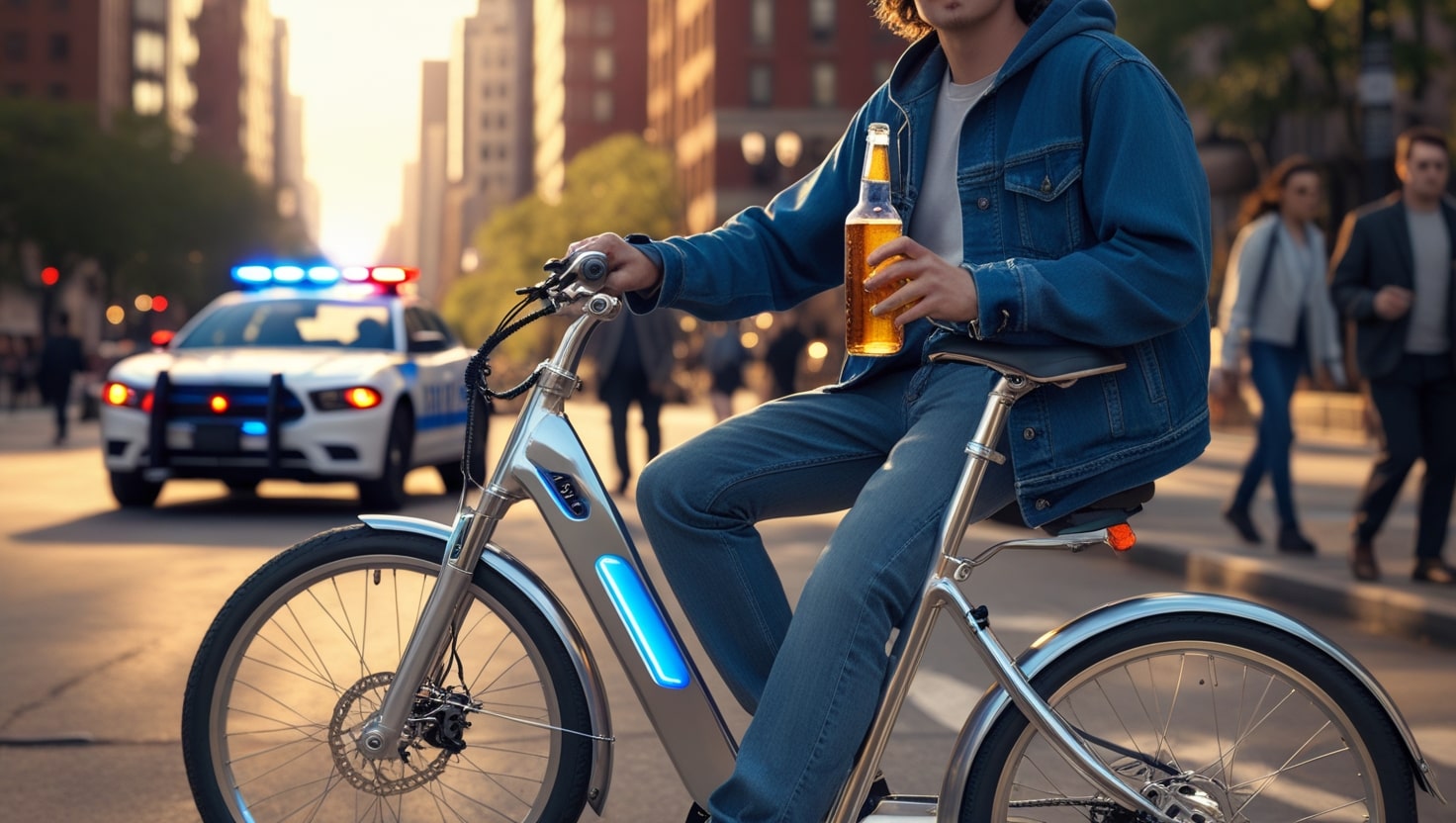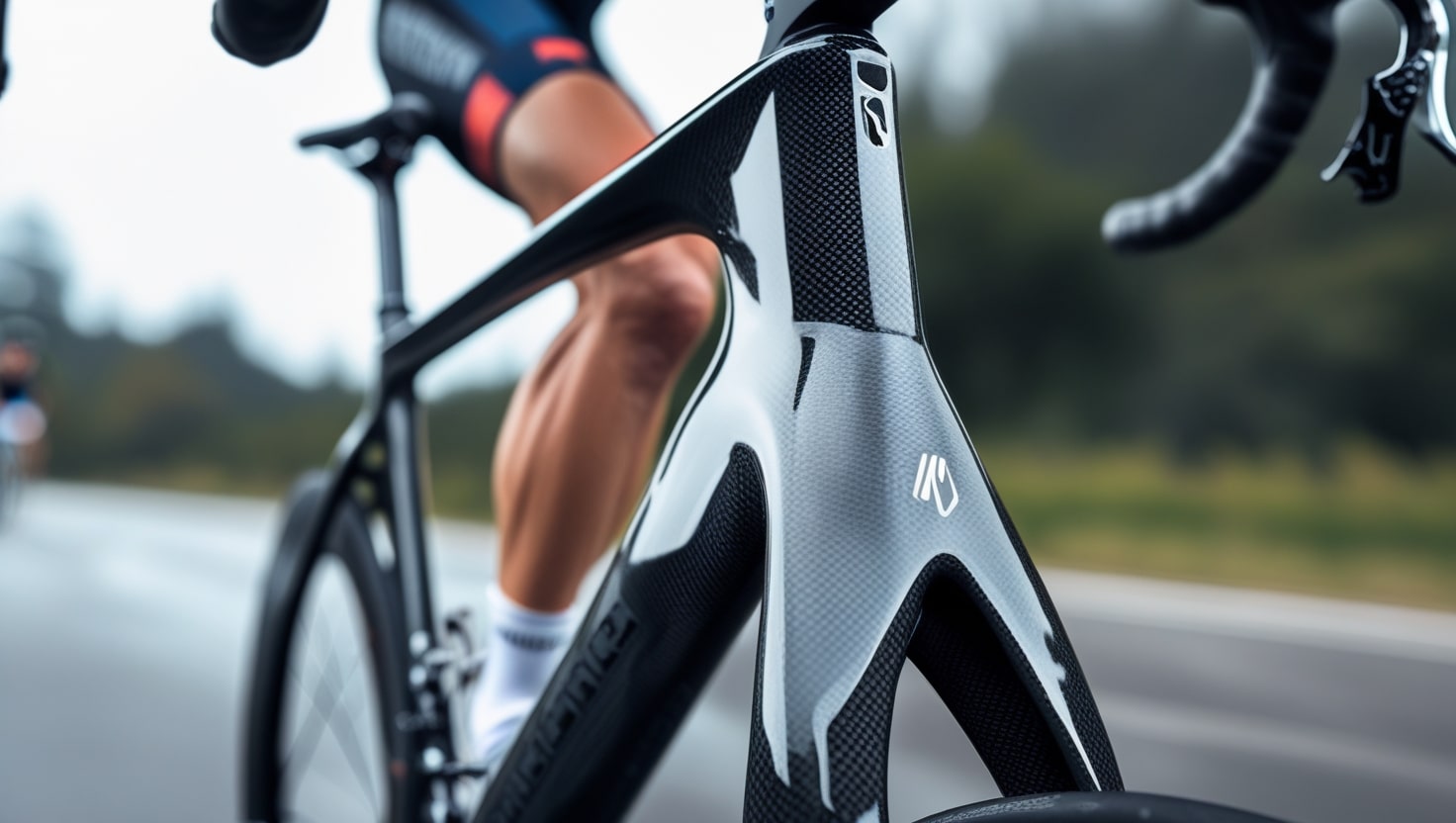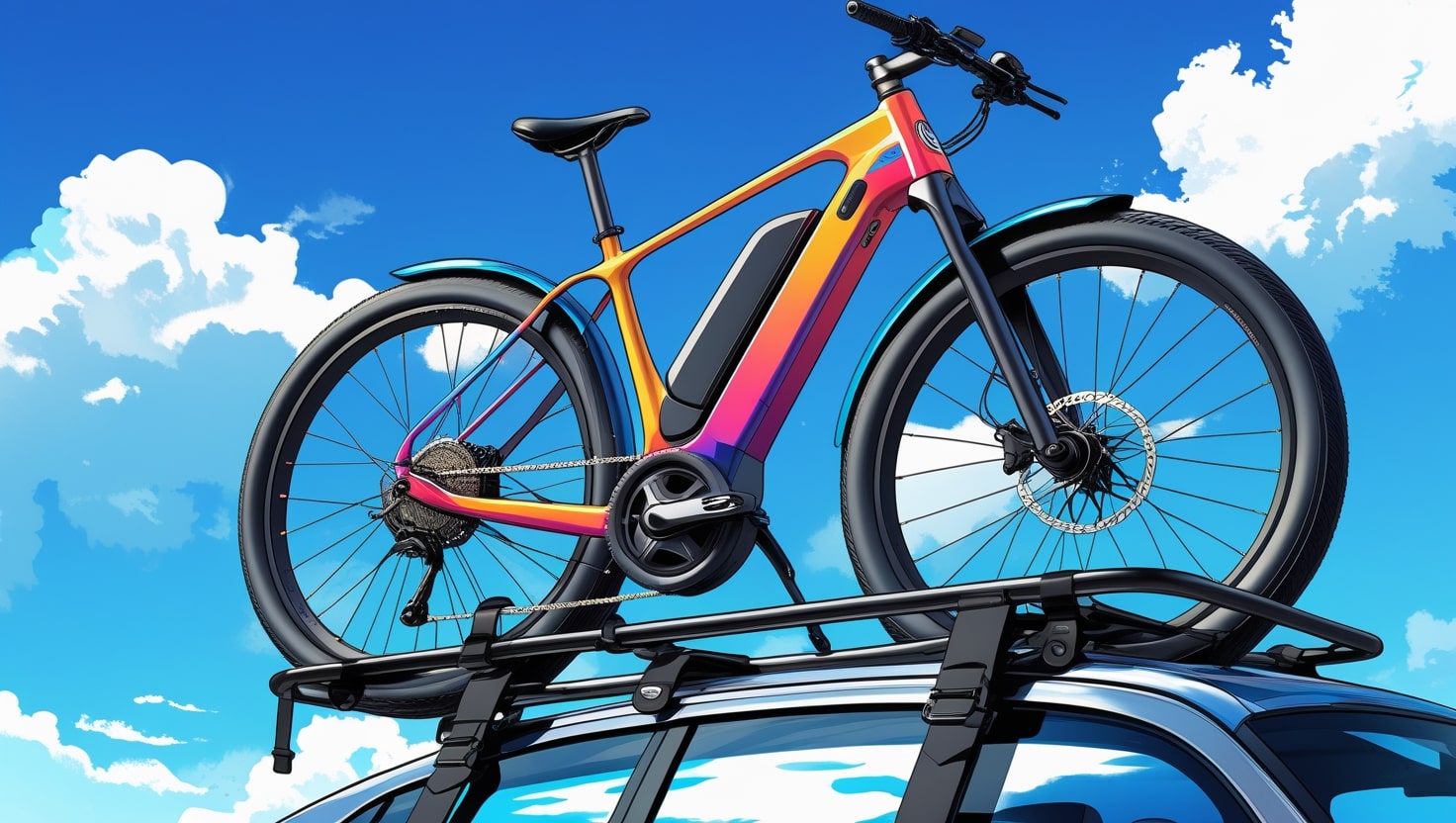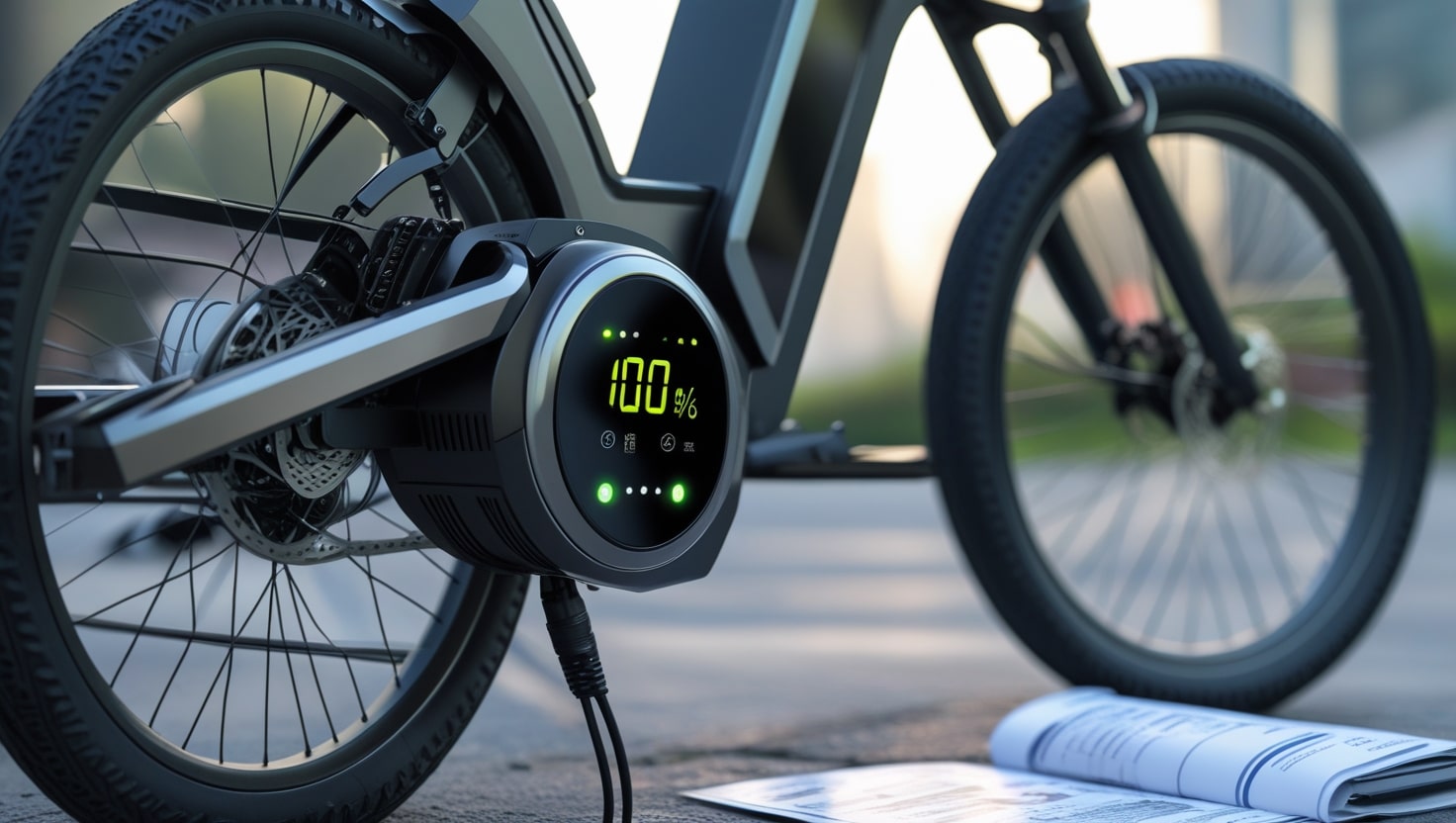Have you ever looked down at your bike and wondered about the type of tires it uses? These tires are often called clincher tires, and they are the same type found on most standard bicycles. Unless you have a specialty bike, your bicycle likely came outfitted with these clincher tires.
Clincher tires are the standard for most bicycles. They feature clincher rims, which can be one of three types: hooked-bead rims, crochet-type rims, or straight-side rims. The most often used are the hooked-bead rims, while crochet-type rims and straight-side rims are not used as much. These tires are made with a Kevlar fiber bead or a steel wire that connects with the rim’s flanges. Clinchers have an inner tube that fits around the rim and retains the bead lock. If you need to access the inner tube, you can do so easily.
To learn more about what is a clincher bike tire, you’re in the right place. This article dives in-depth into the materials of these tires, compares their cost to other tires, and explains how easy it is to install them on your bike.
Related: How to Measure for Bike Helmet
What Is a Clincher Bike Tire?
Have you ever wondered what kind of tires your bike has? Most common bicycle tires are clinchers. These tires are made with an external carcass that is created specifically for the type of bike they are mounted on. The final part of the clincher, made of hard rubber, hooks onto the edge of the rim and remains anchored. Like car tires, bicycle tires have an open bottom. To function properly, the clincher needs an inner tube. This inner tube, as the name implies, contains air and creates the desired pressure against the tire. When you pump air into it, you are pumping air into the tube that puts pressure on the tire.
There are a few options available for the inner tube. You can find the so-called Shrader valve on children’s and commuting bikes. This is the basic alternative and is a bit brighter. A thinner and narrower option is the Presta valve, which is mostly used on road bikes. If you have a Presta valve, make sure you have the correct pump for it.
There are loads of clincher types available on the market. These include different compounds, tread, tire width, strength, and performance. To choose the right clincher tire, you need to know how you want to use your bike.
In my experience, understanding the type of bike tire you have can significantly improve your biking experience. The right clincher tire not only provides better performance but also ensures safety and comfort. So, always take the time to learn about the tires that best fit your biking needs.

What Are They Made of?
We already talked about the major component of clincher bike tires, their inner tube, which is made of inflatable material. But what about the rest of the tire? The materials used in its construction are quite interesting. Manufacturers use either Kevlar fiber bead or steel wire for these clincher tires. The bead or wire has flanges that let it connect to the rim, which is most often a hooked-bead or hooked-edge one.
In many cases, the bead is covered by nylon or another cloth-like material. Then, the tire gets a rubber coating. This combination of materials ensures the tire is durable and fits securely on the rim, providing a smooth and safe ride.
Related: Can You Ride Dirt Bikes on the Road?
What’s the Difference Between a Clincher and a Tubular Tire?
Price:
When it comes to price, clinchers are the better option. Clincher tires are less pricey than tubular tires, often costing 20-30% less. The difference becomes apparent with a puncture. With a tubular, you need to swap the whole tire, while with a clincher, you only need a new inner tube. Over time, this makes clincher tires more economical. Additionally, when a clincher tire is worn, it can be easily replaced without needing to change the entire wheel, which is not the case with tubular wheels.
Simplicity:
In terms of simplicity, clinchers are undoubtedly better. Changing a tubular requires specific skills and can present problems, especially for beginners. Clinchers are different; learning to replace one requires practice, but it is a relatively simple job that anyone can learn easily. Tubulars, on the other hand, are glued to the rim, making them less practical to work with.
Endurance:
For endurance, tubular tires are generally better. Tire quality is very important. For instance, a Gatorskin clincher is more durable than a Slick tubular. However, between a tubular and a clincher of the same quality, the tubular will typically last longer. The glued tube design of tubulars makes them stronger and eliminates the chance of pinching the tube, a common cause of puncture in clinchers.
Weight:
When considering weight, tubular tires are better. Without borders or an outer tube, tubulars generally weigh less. This difference might be irrelevant for many riders, but for competitive cyclists, the 300 grams or so saved can be crucial.
Repair on the road:
For repair on the road, clinchers are the better choice. If a tubular tire gets damaged, it has to be completely replaced. With clinchers, you only need to exchange the inner tube, a much simpler and more practical operation. It’s also easier to carry a spare inner tube for clinchers than a new tubular tire. Some cyclists use self-repairing foam canisters that can fit both types of tires, allowing them to ride back home, but it’s still wise to replace the tube or tubular as soon as possible.
Safety:
In terms of safety, tubular tires have an edge. A key feature of tubulars is their ability to be used at low pressure. This means that if you get a flat tire, you can still stop safely. With clinchers, this isn’t always the case, as they can deflate in a matter of seconds, making it potentially dangerous.
Availability:
when it comes to availability, clinchers are better. You can easily find clinchers for almost any type of bicycle on the market. These are commonly used for mountain bikes and commuter bikes. While clinchers are common for training wheels on road bikes, racing wheels often use tubulars. Many professionals adopt this strategy for their training and racing needs.
For probably 80% of cyclists, especially beginners, the best fit is clinchers. They are easy to use, easy to change, and cheaper. It’s more convenient to carry an extra supply of inner tubes rather than spare tubular tires. Clinchers are the most common solution, so if you get a flat in the middle of nowhere, you’re more likely to find a cyclist who can help with a clincher tire than a tubular one. Don’t underestimate this aspect; it’s not irrelevant. In a big family of cyclists, someone will stop to help a fellow rider in trouble.
However, if you buy a bike with tubular rims, give the tubular tires a chance before you change them. You may find them more interesting with some practice. Many cyclists have converted to using tubular tires almost by accident and now use only tubular tires. The change can be rewarding, offering a different riding experience that some riders prefer.
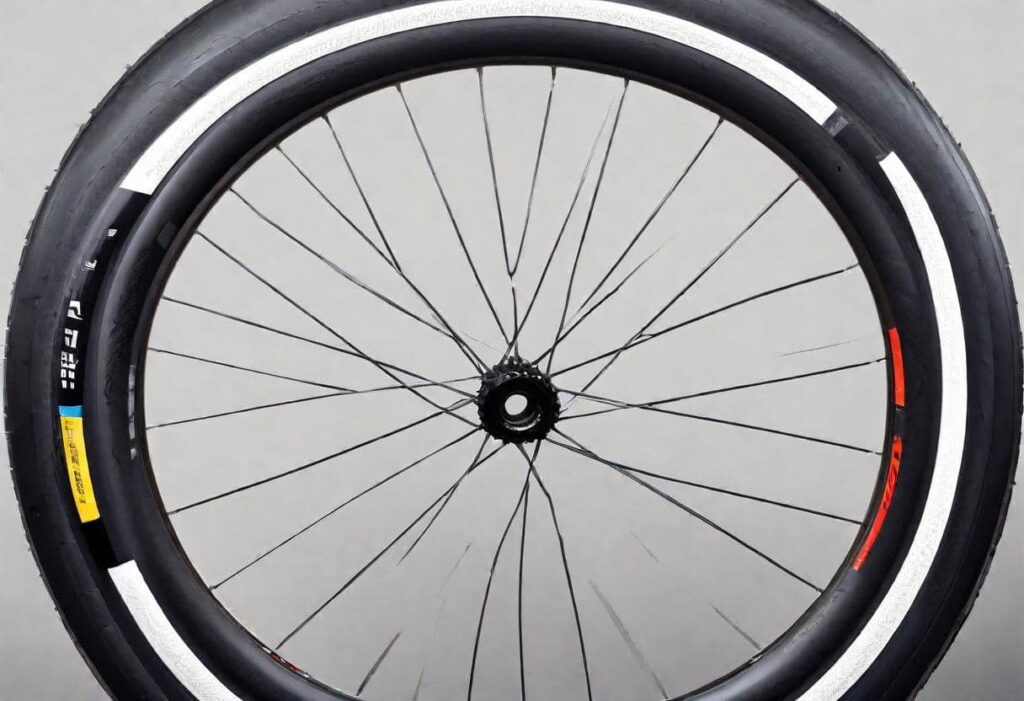
Are Clincher Tires Easier to Fit on Your Bike Than Other Tires?
In previous articles, we talked about folding bike tires and how their portability can make them difficult to install. Fortunately, installing a clincher tire is much simpler and doesn’t require as much effort. Here are the steps to follow to get your clincher on your bike and ready to ride.
First, the inner tube of the clincher goes inside the tire. Next, you place the tire on the rim of the bike by sliding the beads or hoops toward the edge of the rim. Most hooked-bead rims have a well or valley in the middle. This valley helps the bead fit perfectly. If it doesn’t fit right, you might need to try reinstalling your clincher tire until you achieve the correct fit. The valley holds the bead just right, allowing you to move the bead over the rim’s edge. Once this is done, congrats, you’ve successfully installed your clincher tire.
This process involves less pulling, tugging, and straining compared to installing a folding bike tire. It’s no wonder that so many people prefer to use clinchers for their ease and convenience.

Are Clincher Tires More Expensive Than Other Tires?
When comparing tubular tires and clincher tires, you’ll find that clincher tires are generally more inexpensive. One reason is that if a clincher tire deflates or sustains damage, you only need to replace the tube rather than the whole tire. In contrast, a tubular tire’s inner tube is not removable, so you would need to buy a new tire.
Another part of the clincher tire’s design that makes it cost-effective is the availability of fresh inner tubes. You can easily get your hands on a new inner tube for about $5. This price point is very appealing for many cyclists. We will share some loose price points of real clincher tires in the next section to illustrate this further.
The Best Clincher Tires
If you’re interested in looking for the best clincher tires, then this section is for you. One of our favorite brands on the market is Continental. Their Grand Prix Classic clinchers are a standout choice for good reason. These clincher tires come in a size of 700 centimeters by 25 and feature a three-ply carcass made of nylon with a high thread per inch (TPI) count of 180 TPI.
Made in Germany at the Continental headquarters, these clincher tires boast PolyxBreaker technology. The polyester fibers are designed to move easily over each other, reducing thread spacing and providing better fabric density. This design results in less rolling resistance while you ride. Additionally, the Grand Prix Classic tires include the Black Chili Compound, a Continental staple that decreases unwanted rolling resistance by 26 percent, increases tire mileage by up to five percent, and improves grip by 30 percent.
In my experience, these clincher tires offer a superior riding experience. The combination of high TPI count, advanced PolyxBreaker technology, and the Black Chili Compound makes them a top choice for any cyclist looking for better performance and durability on the road.
Related: How Are Bike Frame Sizes Measured

Kenda Kwest Clincher Tire
The dimensions of the Kenda Kwest clincher tires are 700 x 32 cm. While they don’t have as high a thread per inch (TPI) count as the Continental Grand Prix Classic with only 30 TPI, these tires are much cheaper and very affordable.
Featuring K-Shield technology and wire beading, the Kwest tire is dependable and one you can trust. Each Kwest tire also includes specially-designed grooves that pass dirt and water exceptionally well, making it a reliable choice for various riding conditions.
Vittoria Corsa G+ Competition Graphene Clincher Tires
The Vittoria brand offers impressive clincher tires with their Corsa G+ Competition Graphene model. You get two tires in your order, each measuring 700 by 25 millimeters. These tires feature a Corespun casing with a TPI count of 320, the highest yet. The clinchers can fold, making it easy to bring a spare tire with you anywhere.
Vittoria designed these tires with four compounds to improve protection from punctures and offer superior durability, grip, and speed. The tires in the Corsa line reduce rolling resistance by 19 percent. The Graphene material in these tires spans 2,500 meters per gram, providing 6x the flexibility and 200x the strength of similar materials.
Though they are pricy, you are paying a premium for two tires that promise exceptional performance. The advanced Graphene construction and high TPI count make these tires a top choice for serious cyclists looking for reliability and superior ride quality.
Conclusion
Clincher tires are popular because they contain an inner tube that is easily accessible. If the tube deflates or pops, you can simply replace the tube without changing the whole tire. This is a key difference from tubular tires. Most bikes come equipped with clincher tires. If yours doesn’t, we hope this article has convinced you to give these tires a try. Good luck!

